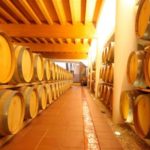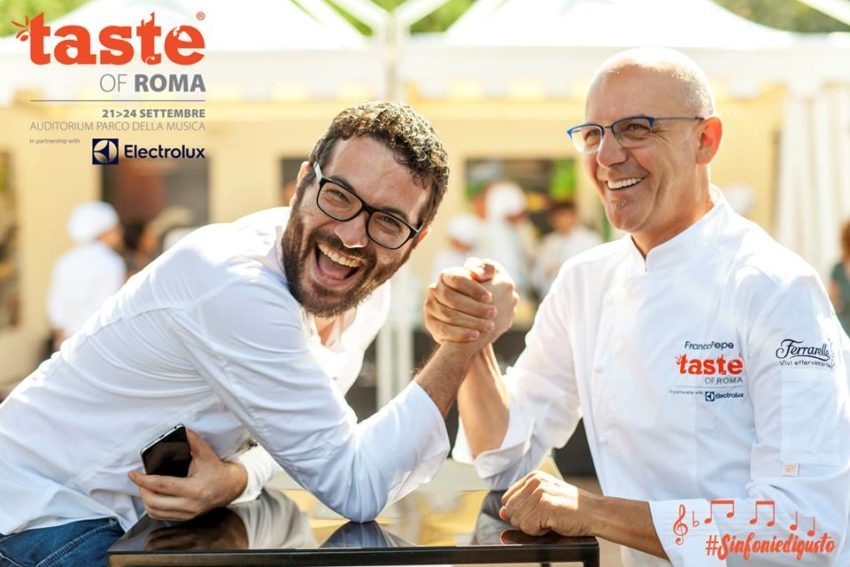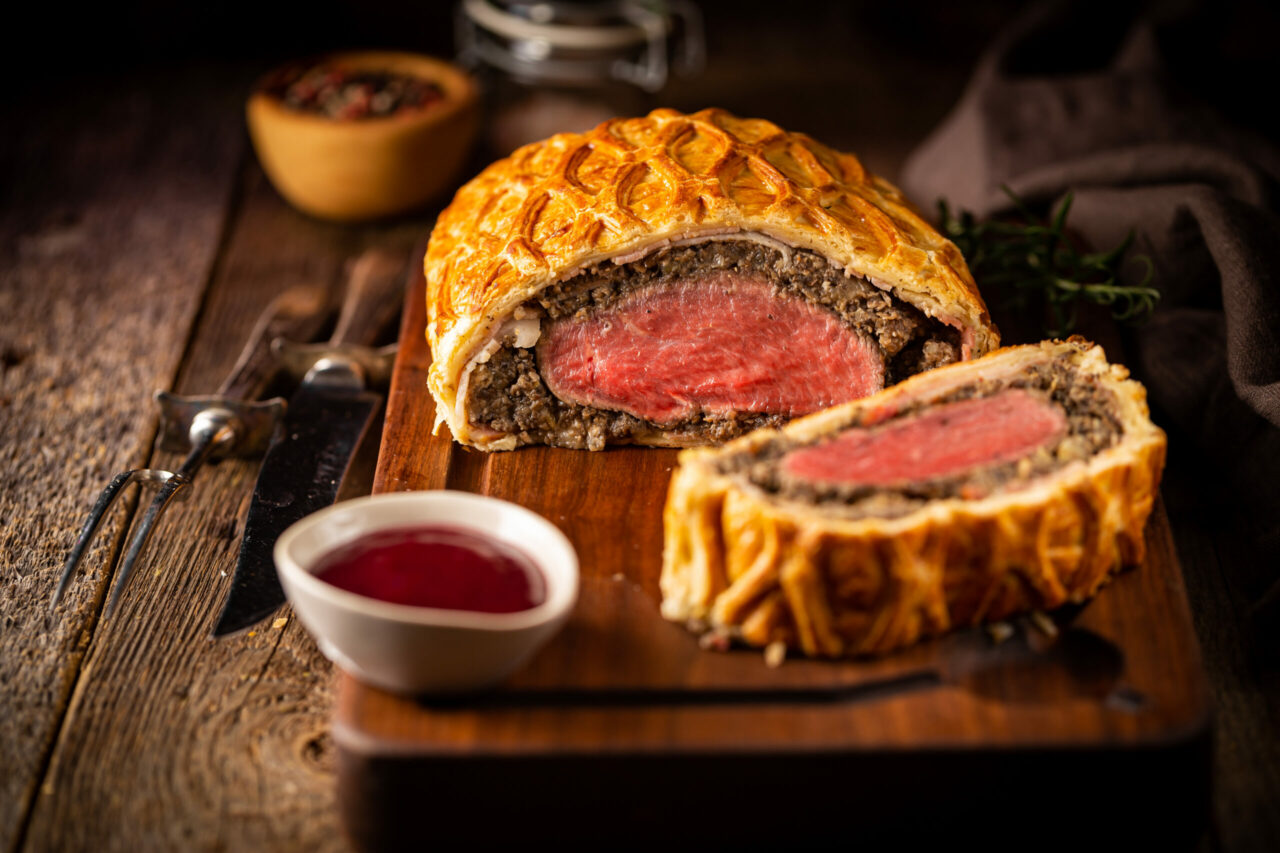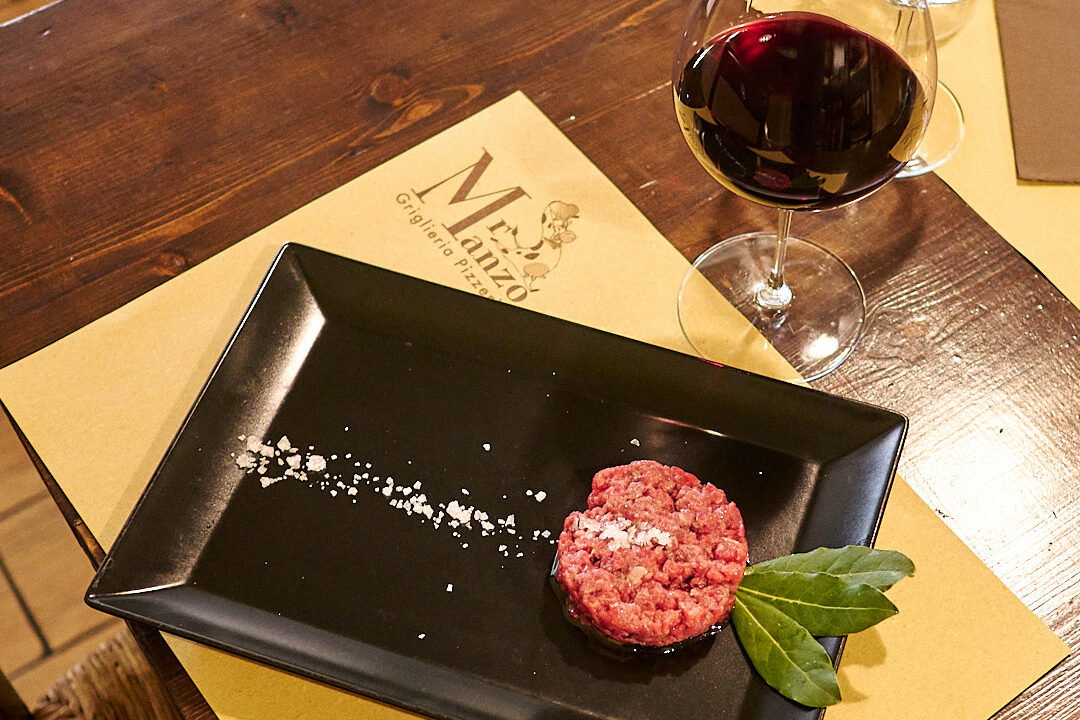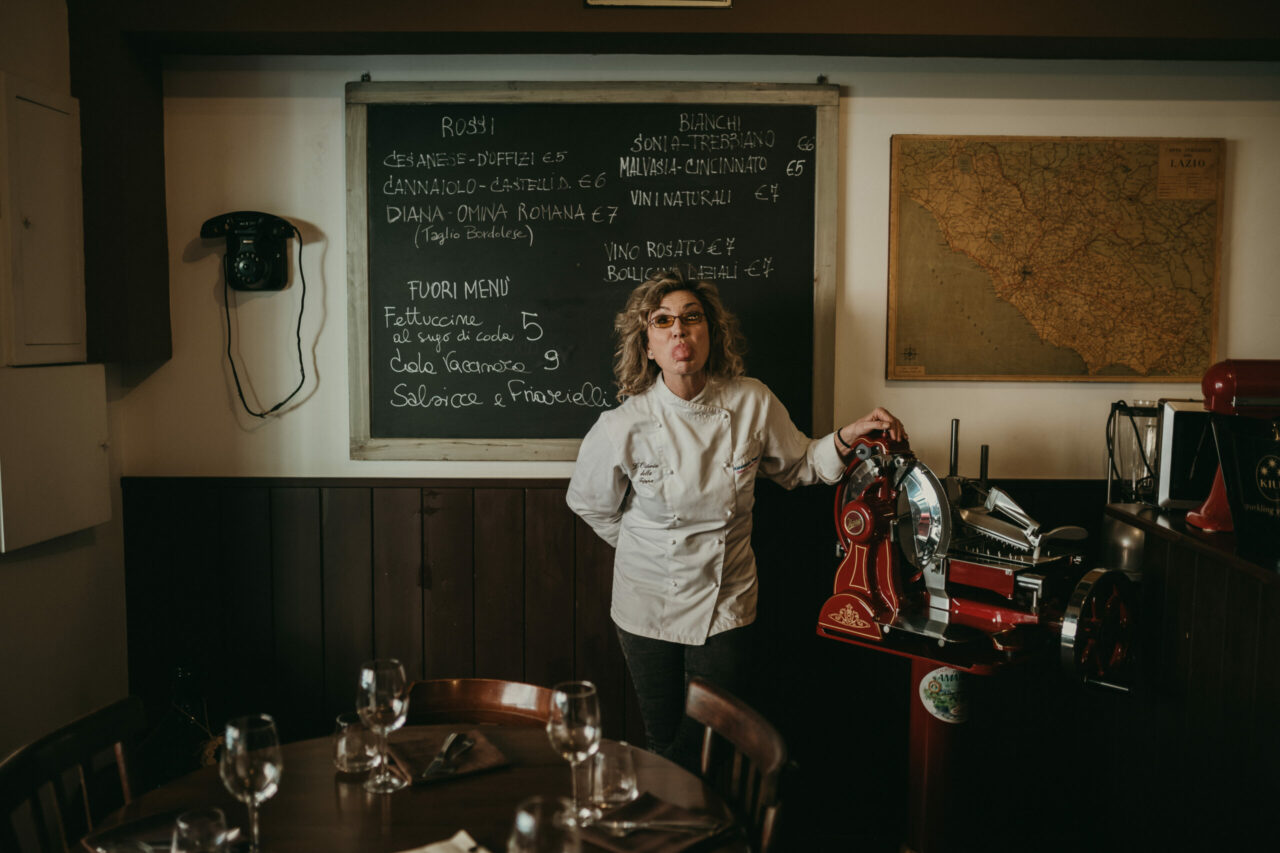Bellone and Nero Buono are two of the most emblematic grape varieties of the area between Rome and Latina: a large, complex district both for territory and for climate.
The Agro Pontino was once a swamp whose land was reclaimed in the early 1900s. The terrain comprises marine, alluvial and wind sediments left by the Pleistocene and Holocene periods. The large coastal plain closes to the east and southeast with the Tyrrhenian carbonate reliefs of the Lepini and Ausoni mountains, composed of limestone with peripheral sediments of volcanic origin and terra rossa, as well as inter-valley basins formed by glacial deposits. The climate is forged by the humidity-laden currents coming from the Tyrrhenian Sea which collide with the Lepini mountain currents. This is the terrain underpinning the Cori DOC district and affects both Bellone and Nero Buono.
History: the Nero Buono grape grows almost solely in the province of Latina, which hosts 90 hectares of the 91.5 overall in Lazio given over to this variety. Its area of origin is our district, the municipality of Cori, and in the past the grape was known as Nero Buono di Cori.
Legend has it that Roman statesman Lucius Quinctius Cincinnatus (c. 520–430 BC), consul and twice dictator, brought the grape to the area.
Cincinnatus led the victory over the Aequi and after this episode the consul was granted plots in the land that had been occupied by the Aequi and the Volsci, the latter having settled precisely in Cori, further supporting the legend that links the variety to the name of the Roman statesman.
Our winery “founded in 1974 and today an outright production centre of Nero Buono and Bellone wines, under the guidance of President Nazzareno Milita” is named after this great consul.
The Botany: Nero Buono shows a vigorous trunk, a medium-large, pentagonal and heptalobate leaf. The cluster is medium-sized, conical and compact; the medium-spheroidal berry has pruinose, medium-thick compact skin. Nero Buono ripens medium-late.
The Winemaking: wines produced with Nero Buono typically show concentrated colour. The nose offers unmistakable heady notes of black berry fruit and rhubarb, accompanying a palate of good structure.
Our winery partnered by the San Michele Appiano Institute, was the first to undertake studies on the genealogy of this variety and the first to produce a monovarietal Nero Buono wine.
Tasting Notes
Polluce 2018: bright ruby red in colour opening to a pleasant, confident nose of ripe black berry fruits, accompanied by the dark, bitterish nuances of rhubarb and black pepper.
Ercole 2016: dark ruby red, it opens to the nose with a pleasant note of bottled black cherry and cocoa, with proper progression on the palate, thanks to well-extracted fat tannins.
Kora 2015: a crisp, fresh nose carried by fruity notes of cherry and blood orange, with a typical earthiness in the background. Consistent, balanced and juicy on the palate, a tannin of excellent extraction, already fat and tapered. Enjoy now but also very cellarable.
History: The Bellone variety is associated to the Pantastica grape described by Pliny the Elder in the Naturalis Historia (Bacci, 1596), whose botanical description seems to correspond, and also to ungrafted Cacchione, which may be the origin of the synonym Uva Pane. In any case, when talking about Bellone, we always mean a generous and productive variety, with lovely clusters and large berries.
The Botany: The Bellone vine is characterized by its vigorous trunk. It has a large, pentagonal, five-lobed leaf. The bunch is almost large, pinecone-shaped, with medium-pruinose, thick, compact skin, yellowish in colour, with brown speckle.
The Winemaking: Bellone requires slow, soft pressing: the skin is rich in pectin and polyphenols. Last but not least, thanks to the acidity of its musts, Bellone has good prospects for sparkling wine.
Tasting Notes
Spumante Brut di Bellone: Straw yellow with green nuances and a subtle, dense bead. The broad nose profile shows citron and grapefruit notes, then a vegetal hint of broom and another of smokiness, with a segue of hedgerow, peach and wildflower honey.
Spumante Metodo Classico Brut di Bellone: Gold with robust green flashes, and fine, persistent bead. The elegant, rounded nose had sweet, ripe hints of vanilla, light toasty notes, some quince and powder puff.
Castore 2018: Bright straw yellow and a nose brimful of distinct ripe pineapple and pear, then yellow damson, hedgerow and a sweet hint of sugared almond.
Enyo 2017: Bright gold with greenish hints. A nose impact of great elegance and breadth, suggesting the finesse of thyme and aromatic herbs, a strong ginger note, and to follow the sweetness of apple jam and sugared almond.


